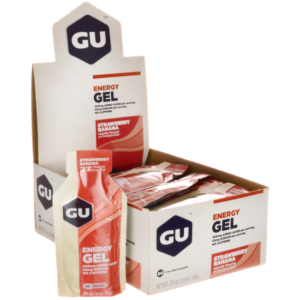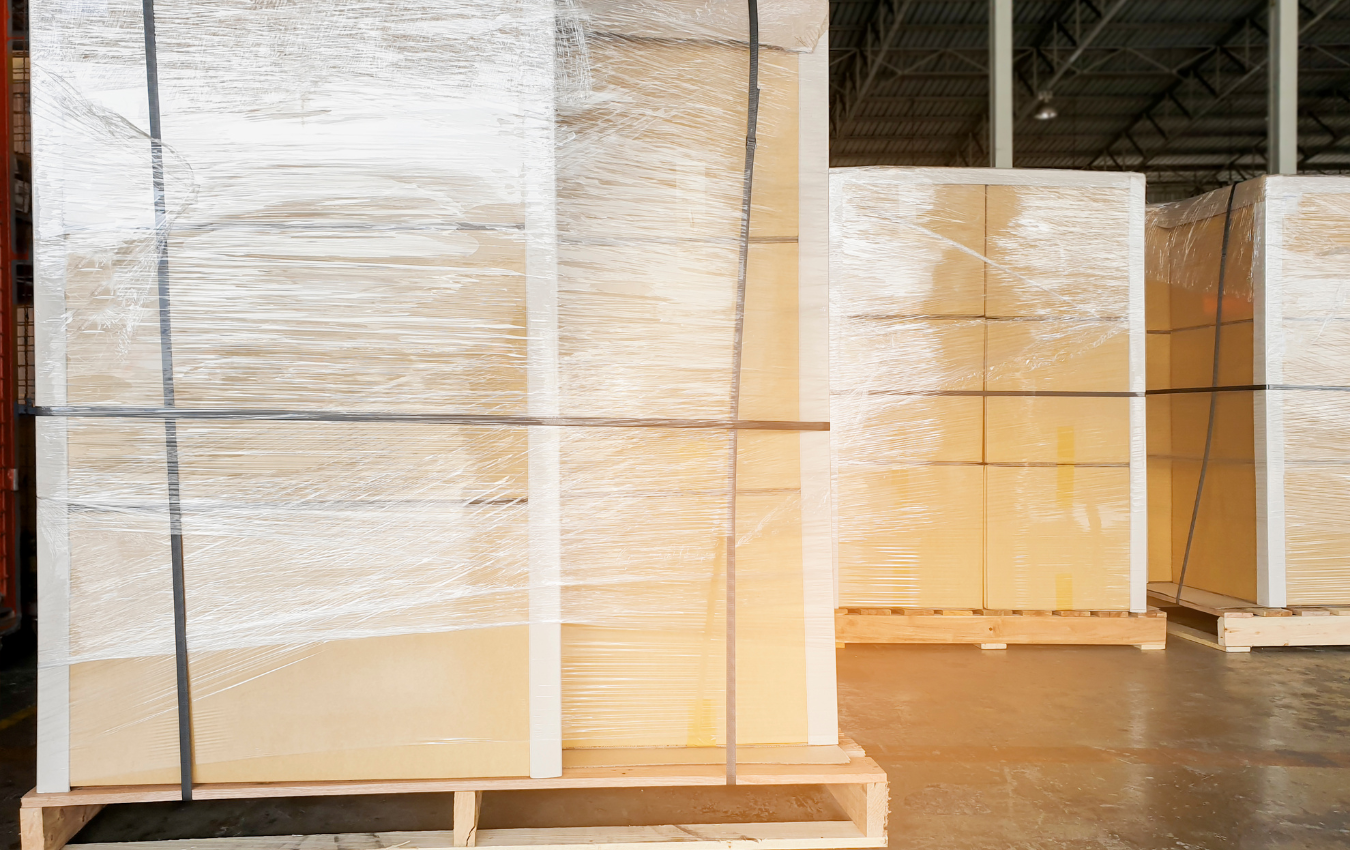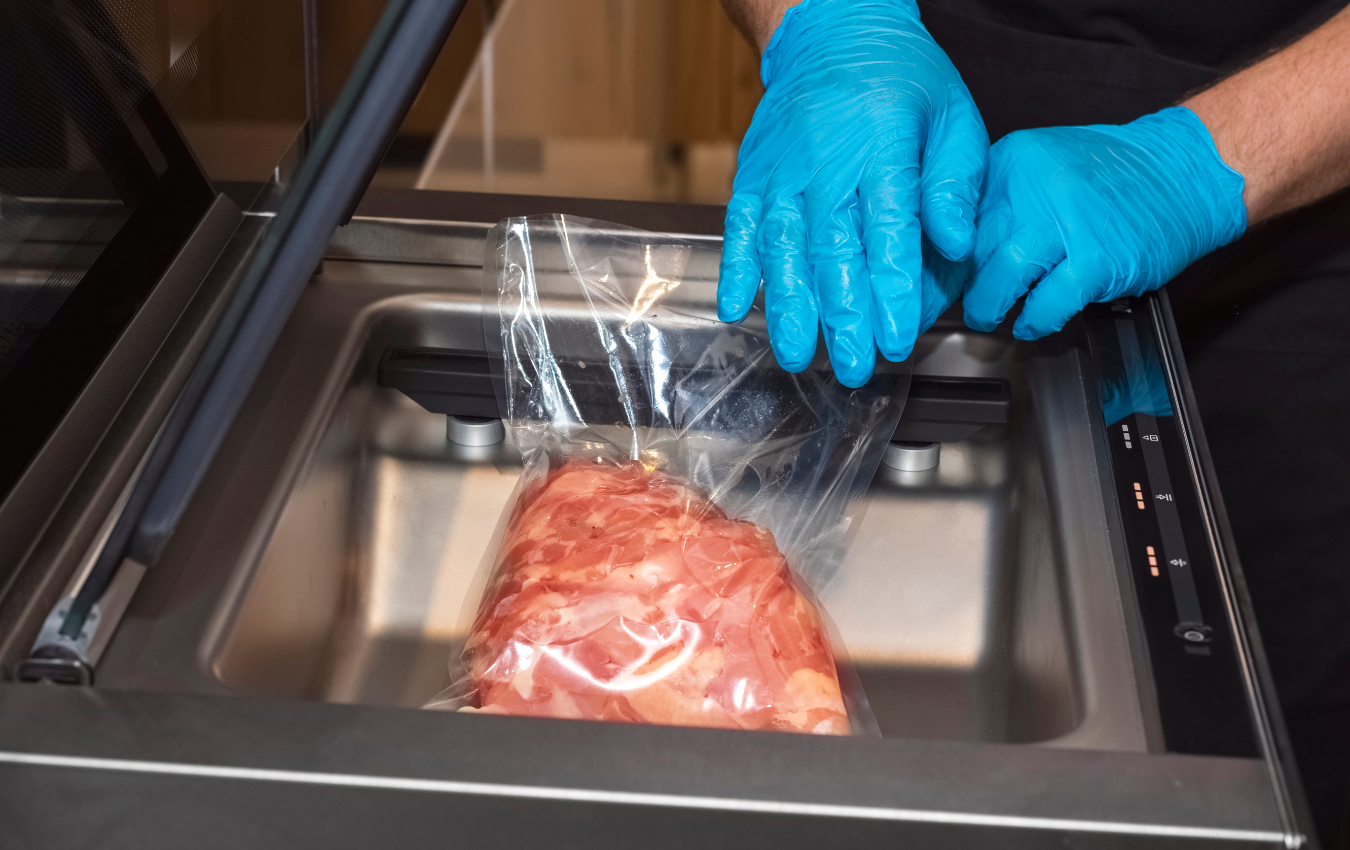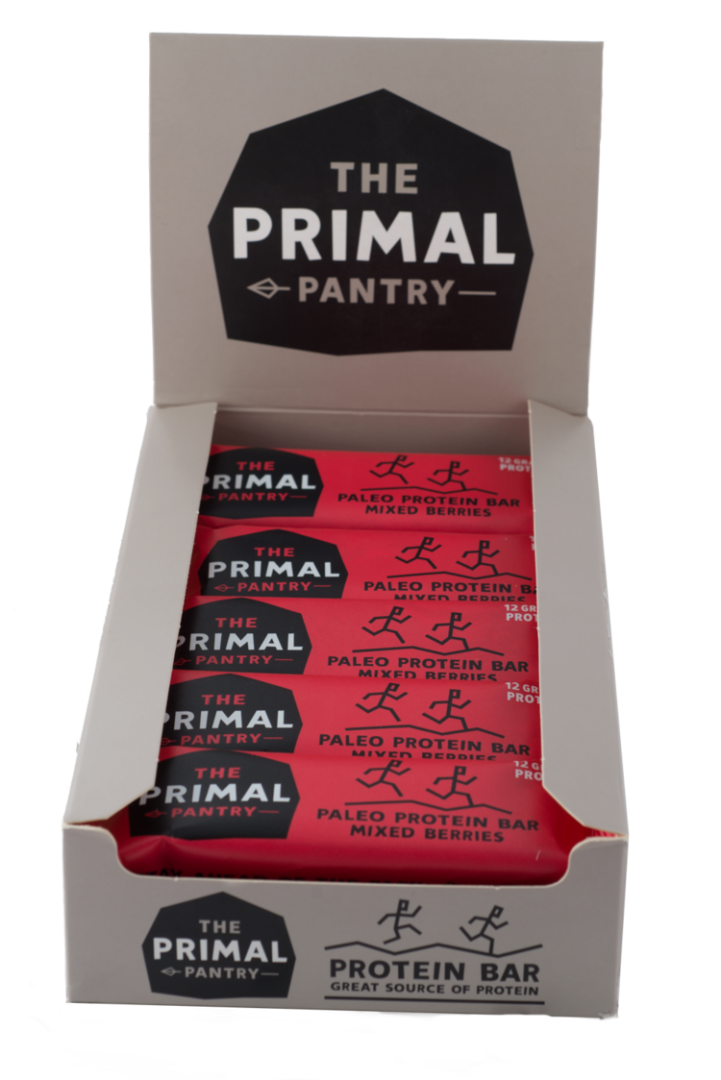Home » Unraveling the Key Influencers of Packaging Costs
Unraveling the Key Influencers of Packaging Costs
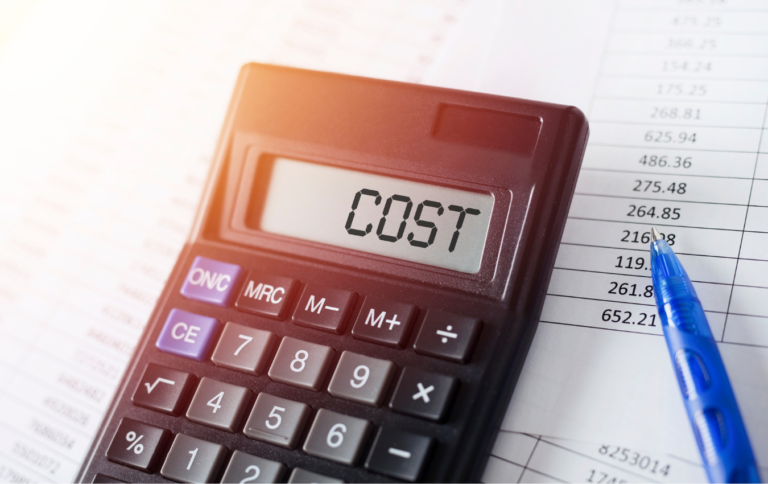
In the business landscape, the significance of packaging extends far beyond mere aesthetics or basic product protection. It plays a crucial role in branding, customer experience, and significantly impacts the overall cost structure of a product. Understanding the various elements that drive packaging costs is essential for any business looking to optimize expenses while maintaining quality and appeal. This blog post delves into the most influential factors contributing to your packaging’s costs, ranked by their potential impact.
Material Choice
At the top of the list is the choice of materials used for packaging. The cost implications here are substantial, as materials not only dictate the cost per unit but also affect transportation, storage, and even waste management expenses.
- Types of Materials: Options range from economical cardboard to more expensive plastics or metals.
- Quality and Durability: Higher quality materials that offer better protection or aesthetic appeal often come at a higher cost.
- Sustainability: Eco-friendly materials can be more expensive but may reduce environmental fees and appeal to a green-conscious market.
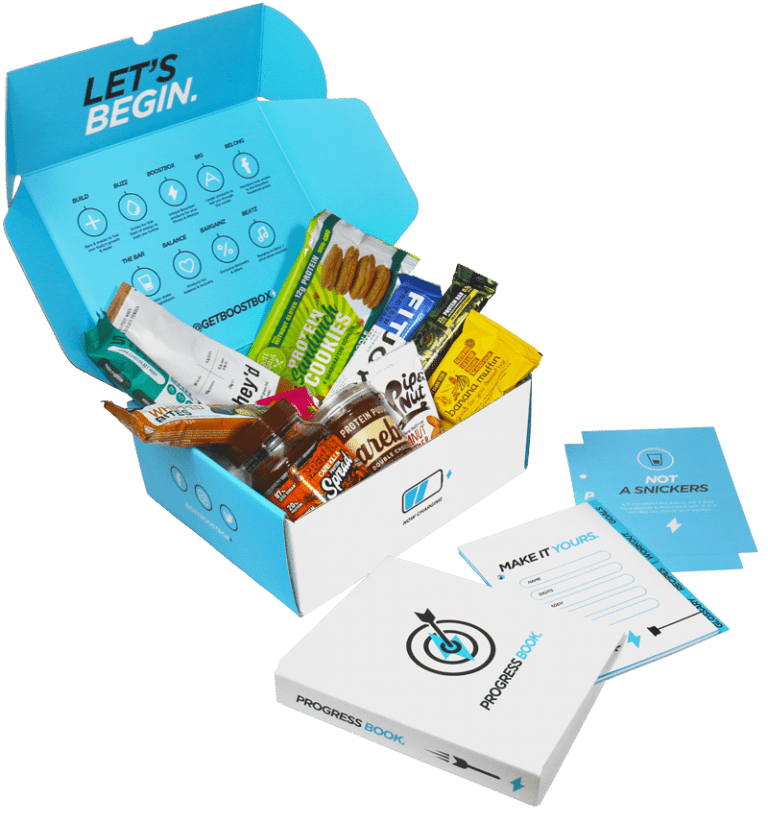
Design Complexity and Customization
The design intricacies of your packaging play a significant role in determining the cost. More complex designs with custom shapes, sizes, or functionality typically require more expensive production processes.
- Custom Molds and Dies: Unique shapes might need custom production equipment.
- Printing and Graphics: High-quality prints, multiple colors, and intricate designs add to the production costs.
- Structural Design: Complex structures that require additional engineering or testing can increase costs.
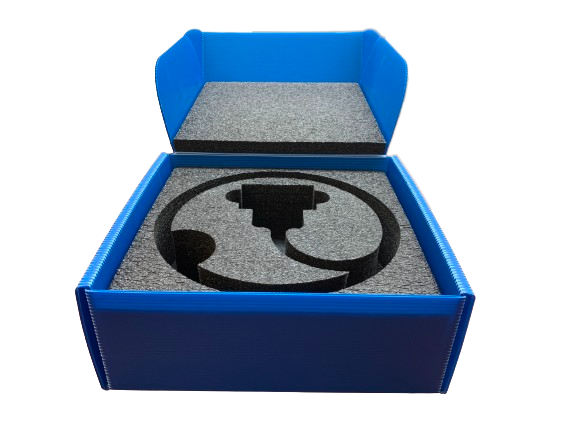
Production Volume
The quantity of packaging produced has a direct impact on cost per unit due to economies of scale.
- Higher Volume, Lower Cost Per Unit: Bulk production usually results in lower costs per unit due to more efficient use of materials and machinery.
- Small Runs: Smaller production runs can be significantly more expensive per unit due to setup costs and less efficient use of resources.
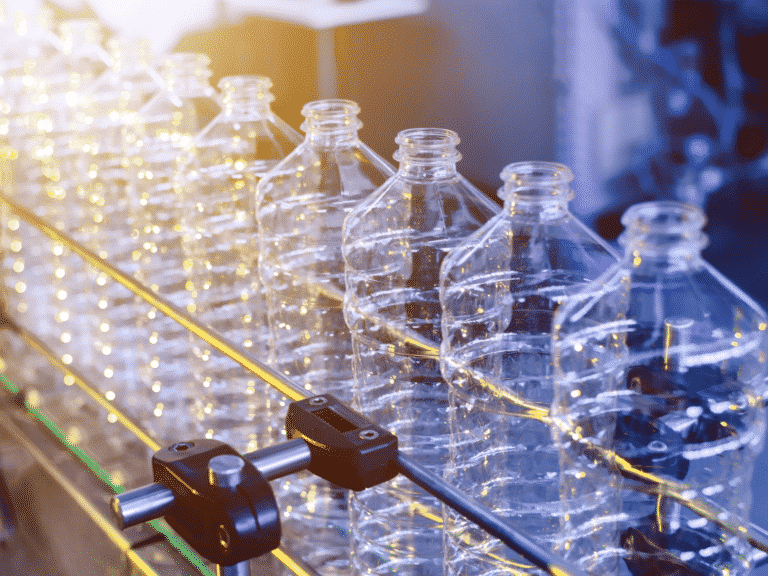
Manufacturing Techniques
The chosen method of manufacturing is another critical factor. Advanced techniques like automation can offer cost savings at scale but require significant upfront investment.
- Manual vs. Automated Processes: Automation reduces labor costs but increases initial investment.
- Production Speed: Faster production methods can reduce costs but might require more advanced, expensive machinery.
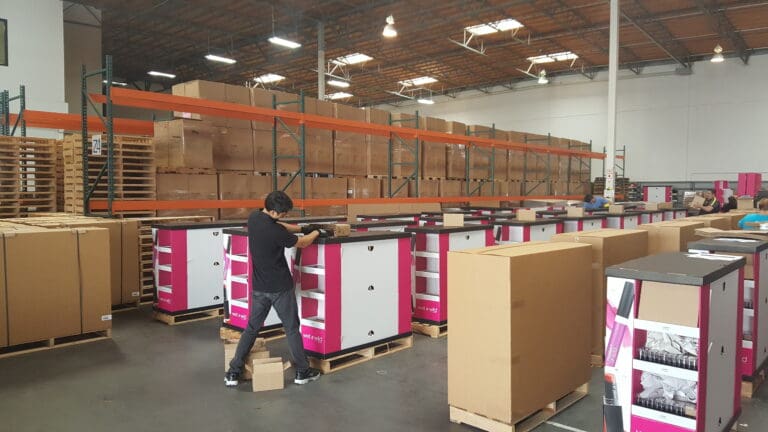
Packaging Functionality and Performance
The functional requirements of packaging, especially for products that need special handling, can dramatically influence costs.
- Protection Requirements: More robust packaging for fragile items increases material and design costs.
- Shelf Life Extension: Packaging that prolongs product life, like vacuum sealing, can be more expensive.
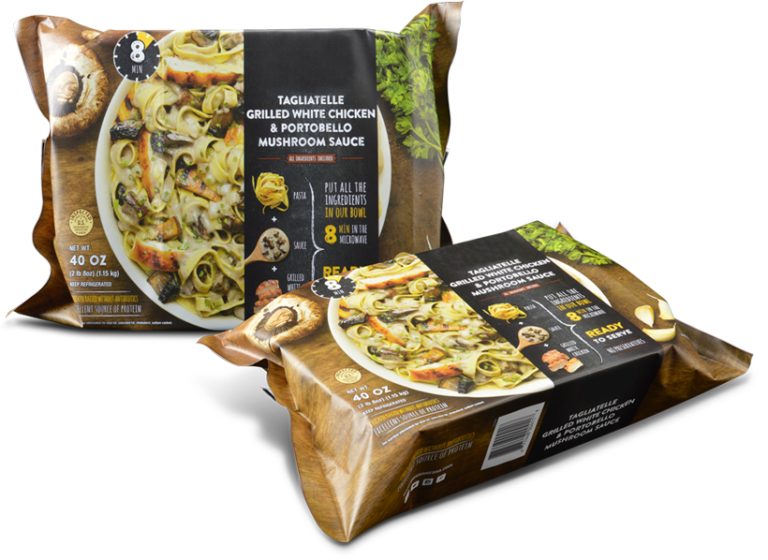
Transportation and Storage
The cost of shipping and storing packaging materials and the final packaged product is often overlooked but vital.
- Size and Weight: Bulky or heavy packaging leads to higher transportation costs.
- Storage Needs: Larger or more sensitive packaging can require more expensive storage solutions.
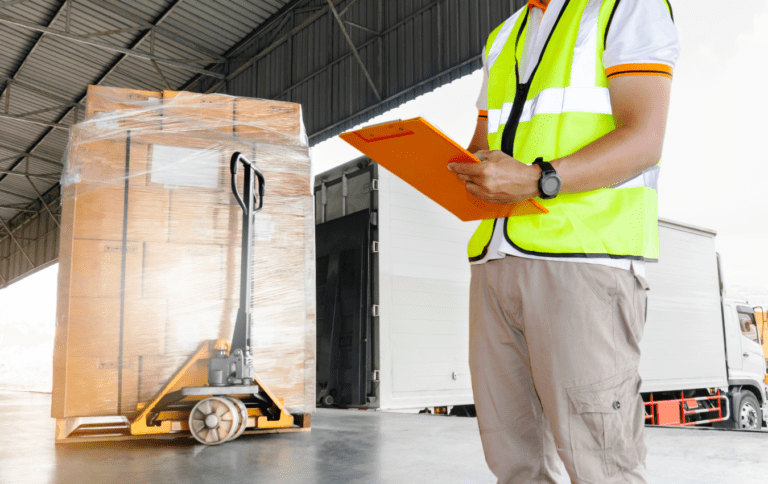
Environmental Compliance and Sustainability Initiatives
Adhering to environmental regulations and implementing sustainability initiatives can influence packaging costs.
- Compliance Costs: Meeting environmental standards can require more expensive materials or processes.
- Sustainability Programs: Initiatives like recycling programs or the use of biodegradable materials might increase costs but can offer long-term brand benefits.
Conclusion
In conclusion, packaging costs are influenced by a complex interplay of material choices, design intricacies, production volumes, manufacturing techniques, functionality requirements, logistics, and environmental considerations. Businesses need to carefully evaluate these factors to strike the right balance between cost, quality, functionality, and sustainability. By understanding and optimizing these key influencers, companies can make informed decisions that align with their financial goals and brand values.
If you are interested in cost efficient packaging, then partner with Brown Packaging today to get started.
Corrugated board comes in multiple flute sizes and wall grades, each designed to balance strength, weight, and cost. Selecting the wrong grade can lead to product damage, excessive freight costs,
As tariff changes reshape global trade, packaging buyers moving production from China to the U.S. or nearshore regions face a new challenge: supplier qualification. Transitioning supply doesn’t end once a
With new tariff proposals and continued trade uncertainty, 2026 is shaping up to be another pivotal year for packaging sourcing strategy. Many companies that shifted production away from China in
Following multiple rounds of tariff changes and trade policy adjustments, 2026 marks a turning point for U.S. packaging buyers. Many who previously transitioned from China to domestic or nearshore suppliers
Home » Unraveling the Key Influencers of Packaging Costs


